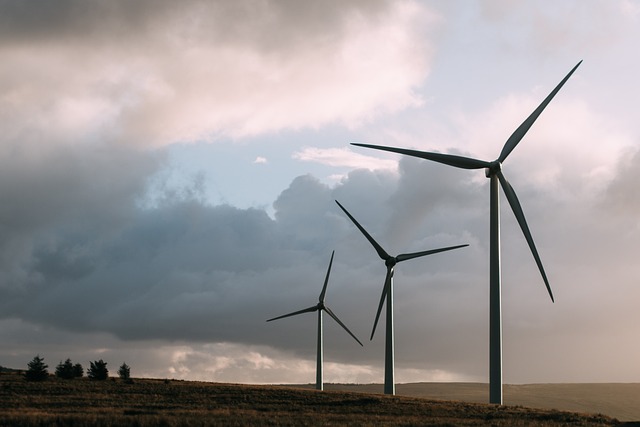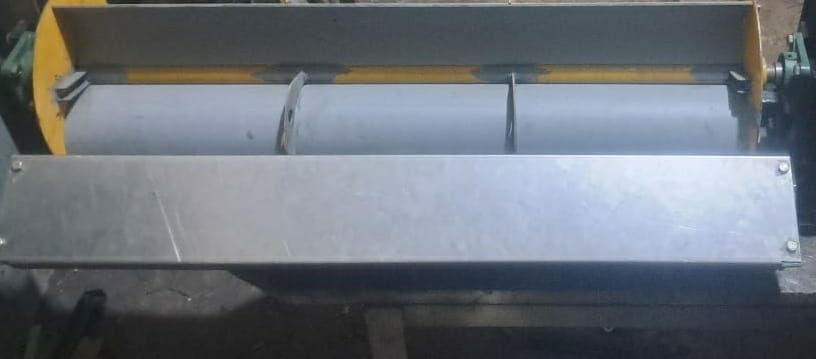Temperatures are soaring, tariffs are rising and with that, our cost of living is also increasing. The period from late 2020 to 2024 has already witnessed increasing electricity costs and environmental concerns. Harnessing wind power for homes emerges as a viable solution to reduce electricity bills and promote sustainable living.
With advancements in technology, homeowners can now leverage wind energy to generate clean, renewable electricity right in their own backyard.
Read on to find out more about how you can use wind energy at home and benefit from generating electricity and save costs on a monthly basis.
Generating Power with Wind Energy
Generally, wind power is harnessed through wind turbines, which consist of blades mounted on a rotor connected to a generator. When the wind blows, it causes the rotor to spin, converting kinetic energy into mechanical energy. This mechanical energy is then transformed into electricity by the generator, which can be used to power homes, industries, and other applications.

What is the minimum wind speed required for wind power generation?
The minimum wind speed required to begin turning and generate electricity is around 12-14 km/h.
Advantages of Wind Power
- Wind energy is abundant and inexhaustible, making it a reliable renewable energy source.
- Wind power generates electricity without burning fuel or emitting pollutants, contributing to clean, pure air and a sustainable environment.
- Wind power is advantageous in remote areas.
- With respect to wind turbines, they have a relatively small footprint, allowing them to be installed on both large and small scales, including residential properties.
- Do not occupy too much space and require minimal maintenance.
Wind Power for Homes
The conventional method of harnessing wind energy at home is by installing small-scale wind turbines on their property. These turbines typically consist of a tower-mounted rotor with two or three blades. These turbines can be mounted on rooftops or in open areas with sufficient wind speed. Proper placement and maintenance are essential to optimize energy generation and ensure efficiency.
A typical household uses approximately 10,649 kW hours of electricity per year. Depending on the average wind speed in the locality, a wind turbine rated in the range of 5–15 kilowatts would be required to meet this demand. A 1.5 kW wind turbine will meet the needs of a home requiring 300 kW hours per month in a location with 14 miles per hour.
Measuring Wind Speed
You can have different types of wind resources within the same locality/property. You need to first find out and measure the wind speed throughout the year and then find out the prevailing directions of the wind at your site.
You can estimate the energy production based on these factors:
Average annual wind speed in your locality.
The frequency distribution of the wind – an estimate of the number of hours that the wind will blow at each speed during an average year.
Space Constraint
The location is critical for maximizing wind energy generation, with open, unobstructed areas experiencing higher wind speeds. Proper maintenance and regular monitoring are essential to ensure optimal performance and efficiency.
However, with limited open spaces across major cities in India, it’s harder to find unobstructed areas with higher wind speeds.
You need to consider existing obstacles, such as trees, houses, and sheds. You also need to plan for obstructions that might occur in the future, such as any upcoming buildings or trees that have not fully grown.
So what is the solution for homeowners especially in tier 1 and 2 cities? Household owners can think of installing solar panels and small machines/devices that use wind to produce power.
Small wind-based electricity systems
Small wind-based electricity systems are one of the most cost-effective home-based renewable energy systems. They do not occupy much space and require minimal maintenance.
They can reduce the monthly electricity bills and also be used for a variety of other applications, including water pumping on farms. You can read more in our article on how to reduce electricity bills at home by up to zero.
Adding more power through wind with Suryavya
Suryavya (a combination of Surya and Vayu in the Sanskrit language) is a hybrid renewable energy device that produces electricity through both wind and solar energy.
Unlike conventional methods which focus only on one major source of generating electricity, Suryavya harnesses the power of both wind and solar energy to generate electricity efficiently. Here’s more about solar energy and how does it work.
During the daylight, Suryavya draws power from solar panels, utilizing the sun’s abundant energy. As the night enters and there is no availability of solar power, Suryavya seamlessly transitions to wind power, generating electricity with minimal wind energy. This dual-source approach ensures a continuous and reliable power supply for households.
How does Suryavya work?
The device produces Direct Current (DC) through a generator and an electric converter changes DC to Alternating Current (AC) with steady voltage and this current is stored in a battery. As and when the wind flows, it starts to generate power. When the power is required, the current stored can be used.
The device can be operated initially on 1 kW of wind energy and 500 watts of solar energy and can be scaled up to the household’s requirement.
Installation and Setup
First setting up and installing the device depends on the wind speed that is prevalent in the area. If the wind speed is sufficient, then the device can be installed on the terraces/balconies of apartments and homes easily since it consumes less space. It only requires minimal maintenance. You just need to apply distilled water to the battery.

Conclusion
In conclusion, harnessing wind power for residences presents an opportunity to reduce electricity bills and contribute to a more sustainable future. As the cost of living continues to rise, it’s essential to explore alternative energy resources like wind and solar power. With solutions like Suryavya, homeowners can take control of their energy consumption and pave the way towards a cleaner, greener tomorrow.
Experience the Power of Suryavya
To know more about how you can use wind energy and generate power at home, schedule an appointment here and our team would be happy to take you through Suryavya’s demo in 3 easy steps.
